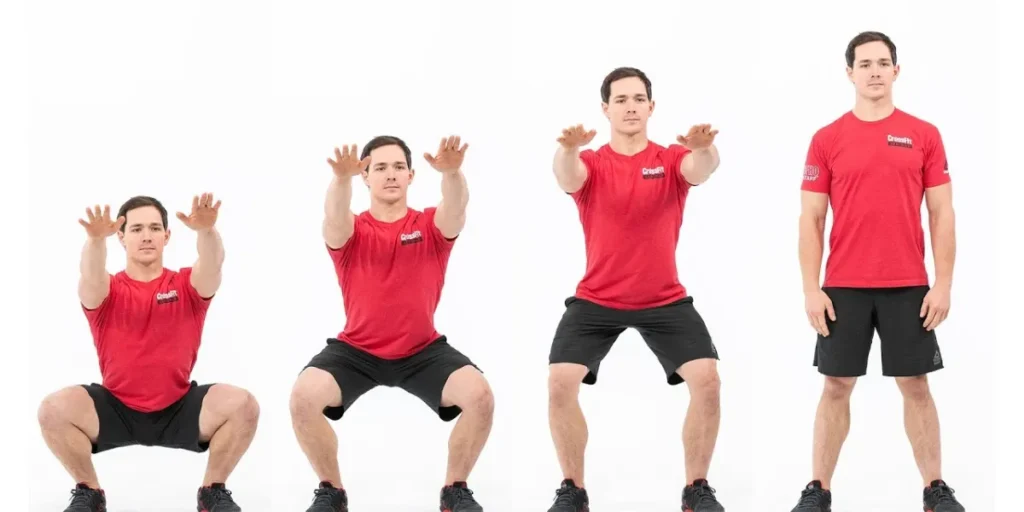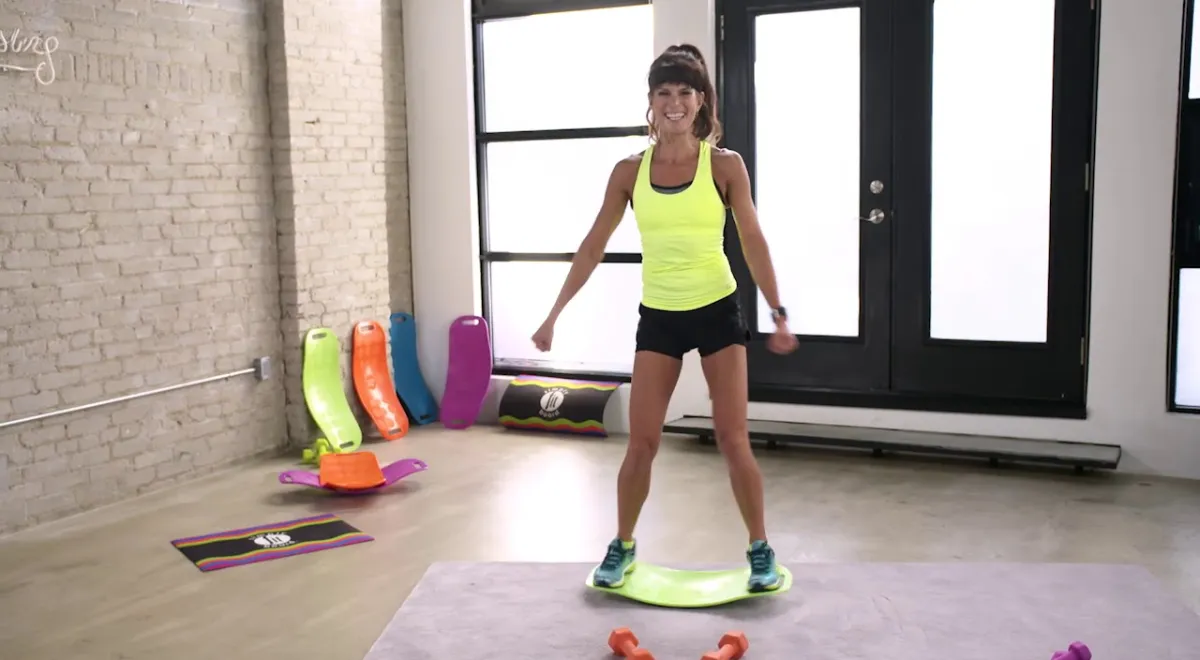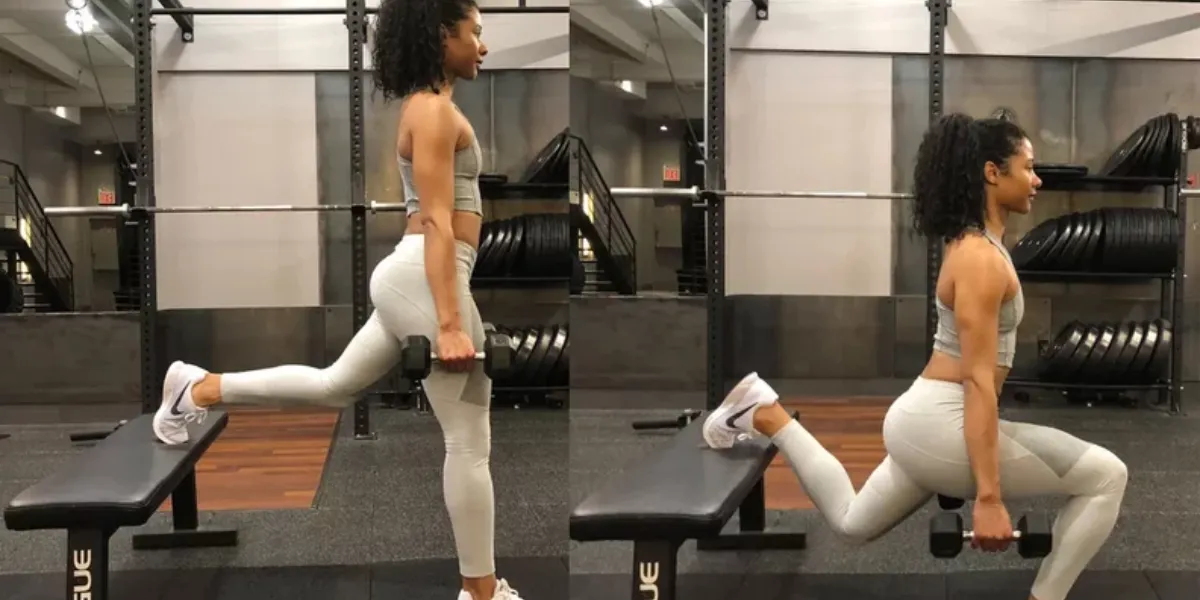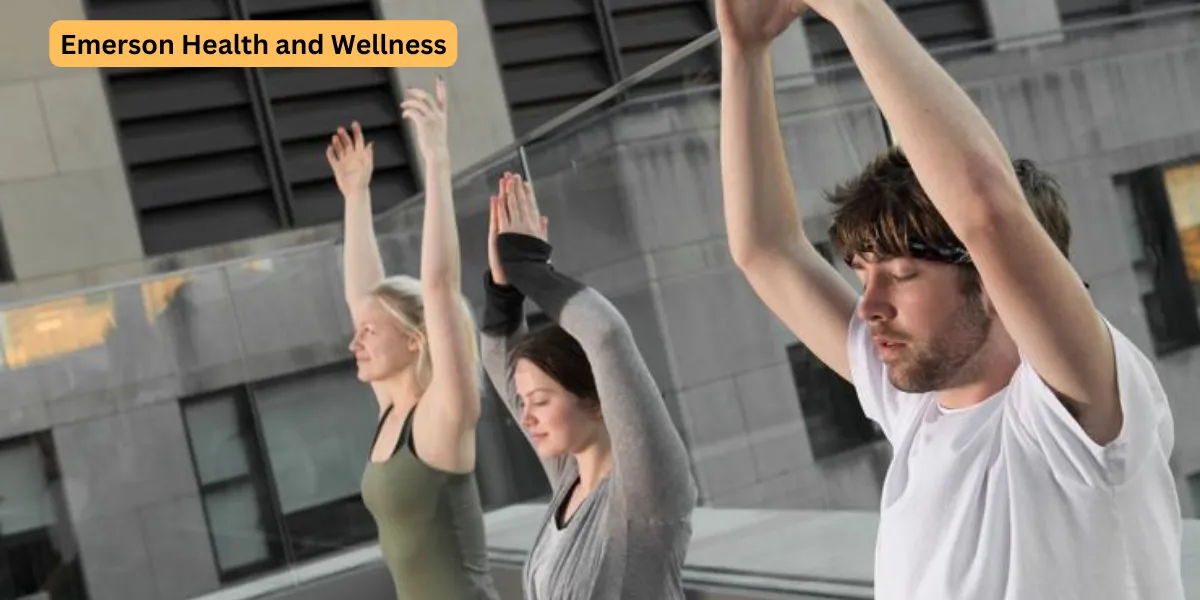Air squats, also known as bodyweight squats, are a fundamental exercise that pack a powerful punch. They require no equipment and can be done anywhere, making them a perfect addition to your workout routine. But don’t underestimate their simplicity – air squats offer a plethora of benefits for people of all fitness levels.
Table of Contents
ToggleWhat are Air Squats?
Air squats are a full-body exercise that mimics the natural movement of sitting down and standing up. They primarily target your lower body muscles, including your quadriceps, hamstrings, glutes, and calves. However, they also engage your core and improve your overall balance and stability.
Benefits of Air Squats
- Build Strength and Muscle: Air squats effectively strengthen your lower body muscles, leading to improved leg power, endurance, and overall fitness.
- Boost Metabolism: Squats are a great way to burn calories and increase your metabolism, aiding in weight management and fat loss.
- Improve Balance and Coordination: Air squats challenge your core and stability muscles, enhancing your balance and coordination in everyday activities.
- Increase Bone Density: Regular squatting exercises can help maintain strong bones and reduce the risk of osteoporosis.
- Enhance Flexibility: Air squats can improve your range of motion in your hips, knees, and ankles, promoting overall flexibility.
- Low Impact: Compared to exercises with weights, air squats are gentler on your joints, making them suitable for people of all ages and fitness levels.
How to Do Air Squats Properly
Here’s a step-by-step guide to performing air squats with proper form:
- Stand tall: Stand with your feet shoulder-width apart, toes pointed slightly outward.
- Engage your core: Brace your abdominal muscles as if you’re about to be punched in the stomach.
- Push your hips back: Initiate the squat by pushing your hips back and down as if you’re going to sit in a chair.
- Bend your knees: Lower your body by bending your knees, keeping your knees tracking over your toes and avoiding letting them cave inward.
- Maintain a flat back: Keep your back straight and your core engaged throughout the movement. Don’t hunch or round your shoulders.
- Squat low: Aim to squat down until your thighs are parallel to the ground, or as low as your flexibility allows without compromising form.
- Push through your heels: To stand up, push through your heels and engage your glutes to lift yourself back to the starting position.
Tips for Perfect Air Squats
- Focus on form: Prioritize proper form over depth. It’s better to squat with good form to a shallower depth than to squat deep with improper technique.
- Keep your chest up: Maintain a proud posture throughout the movement.
- Breathe: Inhale as you squat down and exhale as you stand up.
- Start slow: Begin with a few repetitions and gradually increase the number as you get stronger.
- Listen to your body: If you experience any pain, stop the exercise and consult a healthcare professional.
Variations of Air Squats
As you progress in your fitness journey, you can explore different variations of air squats to challenge yourself further:
- Jump squats: Add a jump at the top of the squat movement for an explosive exercise.
- Pulse squats: Squat down halfway and perform small pulses up and down to engage your muscles further.
- Single-leg squats: Challenge your balance and stability by performing squats on one leg at a time.
Air Squats vs. Weighted Squats
While air squats are an excellent bodyweight exercise, you can eventually progress to weighted squats for further muscle gain and strength development. Here’s a table summarizing the key differences:
| Feature | Air Squats | Weighted Squats |
|---|---|---|
| Equipment | No weights | Weights (dumbbells, barbells) |
| Difficulty | Lower | Higher |
| Muscle Activation | Moderate | High |
| Suitability for Beginners | Excellent | Moderate |

FAQs about Air Squats
- How many air squats should I do? Start with 2-3 sets of 10-12 repetitions and gradually increase as you get stronger.
- Can I do air squats every day? It’s recommended to rest your muscles for at least 48 hours between squat workouts.
- Are air squats effective for weight loss? Yes, air squats can help you burn calories and boost your metabolism, contributing to weight loss.
- Will air squats make my legs bulky? Air squats primarily build muscle tone and strength, not bulk.
What are some common mistakes to avoid while doing air squats?
- Letting your knees cave inward: This can put a strain on your knees and lead to injury. Keep your knees tracking over your toes throughout the movement.
- Rounding your back: Maintain a straight back and avoid hunching forward. This can strain your spine.
- Squatting on your toes: Push through your entire foot, especially your heels, for proper balance and stability.
- Going too deep too soon: Focus on proper form first, and gradually increase the depth of your squat as your flexibility improves.
- Holding your breath: Breathe naturally throughout the movement. Inhale as you squat down and exhale as you stand up.
Can air squats be modified for beginners or people with limitations?
Absolutely! Here are some modifications to make air squats accessible for everyone:
- Chair squats: Use a sturdy chair for support as you lower yourself down and stand back up.
- Wall squats: Stand with your back against a wall and perform squats while keeping your back in contact with the wall.
- Partial squats: Squat down only halfway or as low as comfortable without compromising form.
- Wider stance: If balance is an issue, start with a wider foot position for increased stability.
How can I incorporate air squats into my workout routine?
Air squats are a versatile exercise that can be done anywhere, anytime. Here are some ideas:
- Warm-up: Perform a few sets of air squats before your main workout to get your blood flowing and muscles warm.
- Bodyweight workout: Create a bodyweight workout routine that includes air squats alongside other exercises like lunges, push-ups, and planks.
- High-intensity interval training (HIIT): Include air squats as part of your HIIT routine for quick bursts of exercise.
- Active rest: Perform air squats during rest periods between sets of other exercises.
What are some safety precautions to take before doing air squats?
- Consult your doctor: If you have any pre-existing health conditions, consult your doctor before starting any new exercise program.
- Warm up: Always perform a light warm-up before doing air squats to prepare your muscles and joints.
- Listen to your body: Stop the exercise if you experience any pain and consult a healthcare professional.
- Use proper form: Focus on maintaining good form throughout the movement to avoid injury.
Where can I find resources to learn more about air squats?
There are many online resources available to help you learn more about air squats, including:
- Fitness websites and blogs: Many websites offer detailed guides on proper air squat techniques and variations.
- Exercise videos: You can find instructional videos on YouTube that demonstrate air squats with proper form.
- Fitness apps: Some fitness apps offer workout routines that include air squats.
- Certified personal trainers: Consulting a certified personal trainer can help you learn proper form and create a personalized workout plan that includes air squats.
Conclusion
Air squats are a simple yet powerful exercise that offer a multitude of benefits for people of all ages and fitness levels. They require no equipment, can be done anywhere, and effectively target your lower body muscles while improving your overall fitness. By incorporating air squats into your routine with proper form and modifications, you can unlock a world of fitness benefits and take charge of your health.














